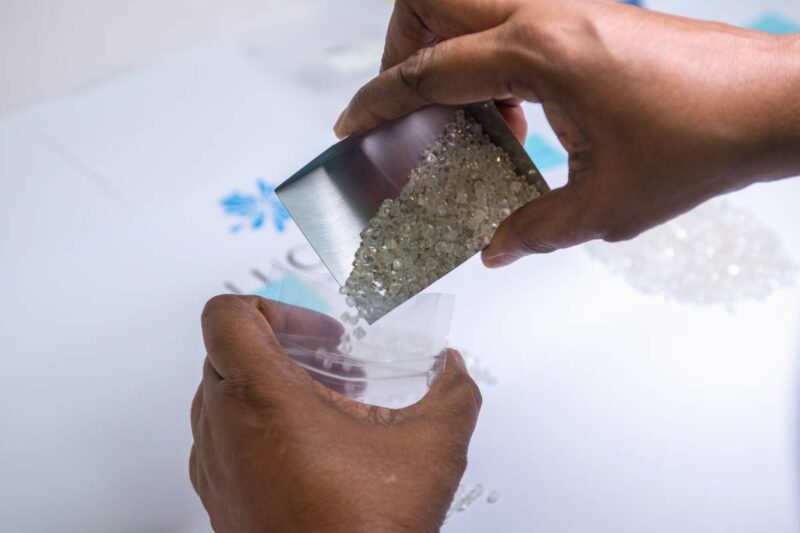Botswana Diamonds plc, recently announced plans to integrate Artificial Intelligence (AI) into its operations.
The firm intends to apply AI techniques to its extensive exploration database in Botswana, aiming to enhance the search for new diamond deposits and possibly other minerals.
Extensive Data Resources
Botswana Diamonds holds the second largest diamond exploration database in the country, encompassing approximately 95,000 square kilometres of data. This database includes about 375,000 kilometres of airborne geophysical data, 606 ground geophysical surveys, around 228,000 soil sample results, and roughly 32,000 drill hole logs. In total, the database comprises 380 gigabytes of data and 260,000 files.
Advanced AI Technology
“The company has chosen to employ the Xplore mineral prospectivity technology from Planetary AI Ltd., developed in collaboration with International Geoscience Services Limited. This system, which combines semantic technology and machine learning, processes geological data to assist in identifying potential zones of mineralisation.”
Potential Industry Implications
The adoption of AI in mineral exploration is likely to set a precedent for efficiency in the jewellery industry, particularly in the areas of data processing and interpretation. By using AI, Botswana Diamonds can analyse vast datasets more swiftly and accurately than traditional methods. This approach not only promises to speed up the identification of viable drilling targets but also has the potential to uncover previously undetected opportunities.
Chairman, John Teeling, remarked: “Our mineral database in Botswana is simply vast. Too big for timely analysis by humans. Think of it, over 375,000 kms of geophysical data, and 32,000 drill holes logs.
Massive databases are suited to analysis by computer-based large Data Models and Artificial Intelligence techniques which can analyse substantial amounts of data in a short time. We feed in the data and create the models from our existing knowledge both theoretical and factual. The techniques then produce results. Where it finds inconsistencies or gaps it adapts. It is early stages in both our work and the use of the technique in mineral exploration, but the future potential is huge.
An added exciting bonus for BOD and for Botswana is that the technique will analyse a number of different minerals. We have always believed that there are more diamond deposits to be found under the sand. Now there is the possibility of other deposits being identified”.






